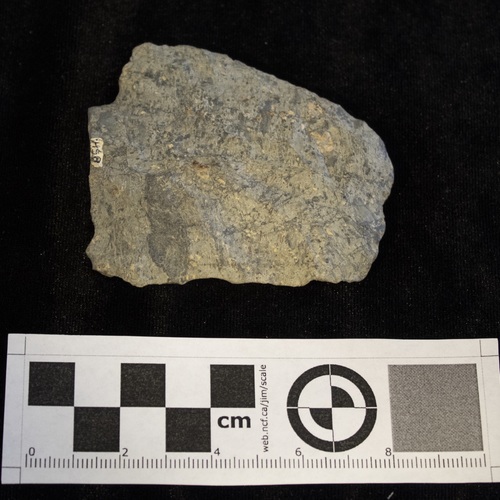Hoe
- Title
- Description
- Object ID
- Materials
- Weight and Dimensions
- Field Collection Date
-
Hoe
-
Large granite hoe blade with straight sides and base and a rounded head.
-
Around 1,000 years ago, the arrival of several strains of maize (corn) in New England drastically altered the Wampanoags' diet. A quick growing season coupled with changes in the environment, allowed the Wampanoag to cultivate maize in large quantities. Crop planting was added to hunting and gathering as a food production technique. The Wampanoag typically planted corn, beans, and squash together, and sometimes melons. Once they began farming, domesticated plants made up about 70% of the Wampanoag diet, with gathered plants making up about 10% and hunted meats 20%. Planting maize meant the Wampanoag had to move around less for food and could save up a surplus for later in the year.
As Wampanoag people started farming maize, they developed tools and techniques to cultivate it. A hoe like this one would have been hafted to a handle and used to work the earth similarly to modern hoes. Roger Williams notes that Indigenous agriculturalists used several types of hoes for different activities: a stone hoe for breaking up dirt and tearing out stumps, a clamshell hoe for weeding, and deer scapula (shoulder bone) hoe for weeding and general use. The triangular shaped hoe shown here would have been made between 2,700 to 400 years ago. The stemmed hoe pictured to the right was probably made from a large broken point and was made from 2,000 to 400 years ago.
-
19PL522.WIP.4699
-
Stone, Granite
-
660g
-
100x170x30mm
-
1990s
